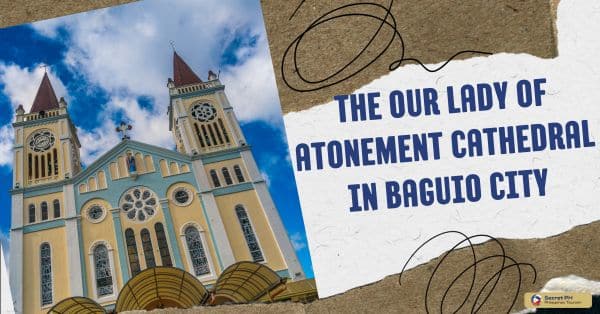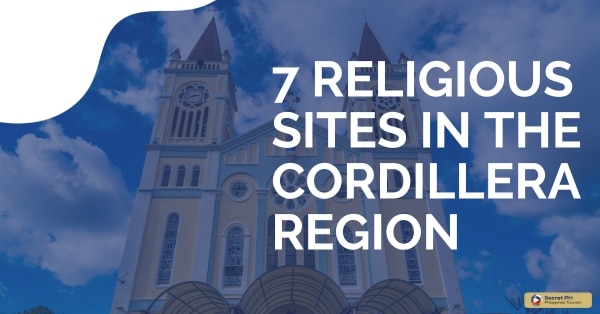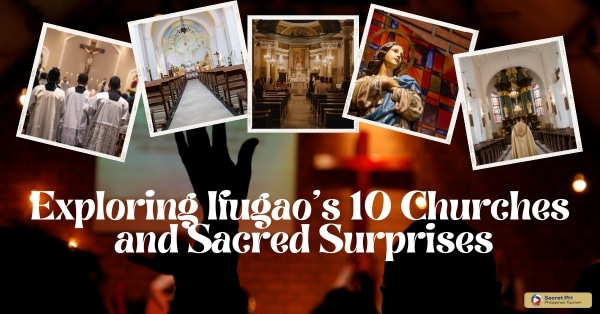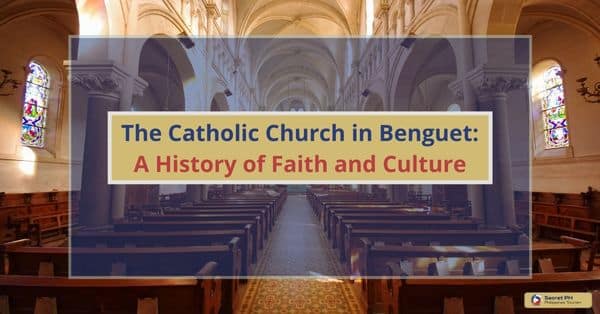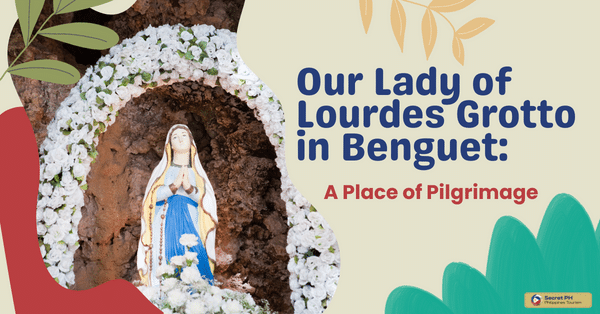Catholicism has a long history in the Philippines, dating back to Spanish colonization. Today, over 80% of the population identifies as Catholic, and its influence is evident in the country’s culture and society. From religious practices to political beliefs, Catholicism has had a profound impact on Filipino identity. Despite challenges, it remains a significant force in the nation.
This article will explore the history, tradition, and influence of Catholicism in the Philippines, from its introduction during Spanish colonization to its current role in politics and society. It will also highlight some of the challenges faced by Catholicism in the Philippines today. By understanding this rich history, we can gain insight into how this religion has influenced Philippine culture and society for centuries.
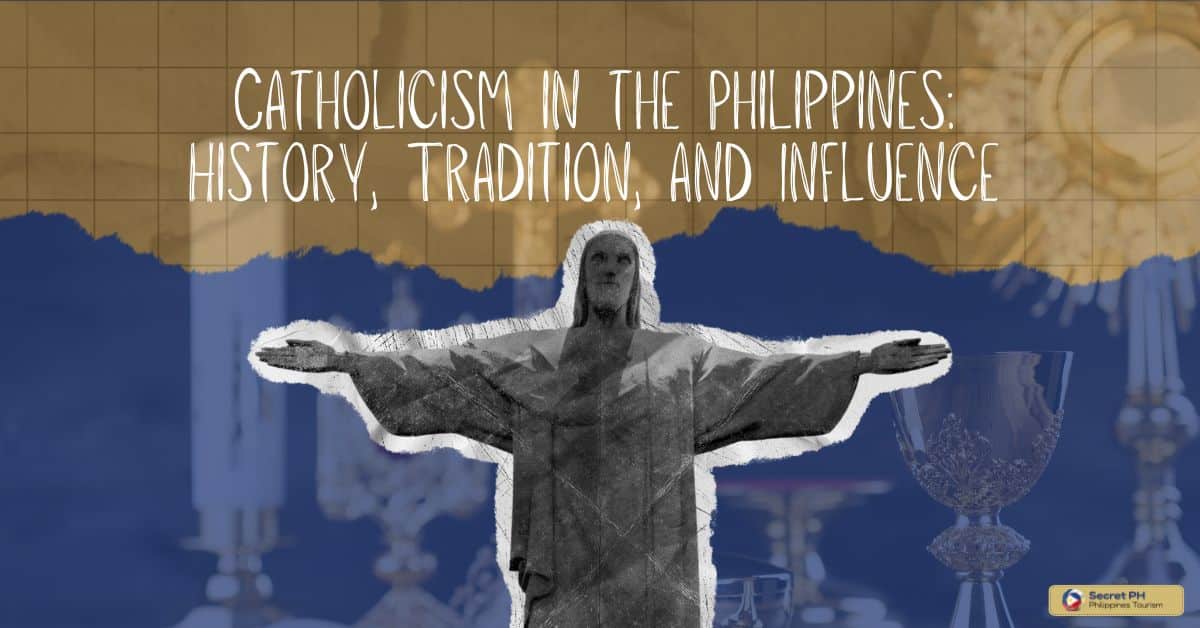
Catholicism in the Philippines: A Brief History
Catholicism in the Philippines has a long and complex history that dates back to the arrival of Spanish colonizers in the 16th century. The Spanish authorities used Catholicism as a tool to control and convert the indigenous population, and the Catholic Church established itself as a powerful institution in the country. The Church played a crucial role in the Philippines’ history, from spreading the faith to building infrastructure, and even leading rebellions against foreign rule.
During the Spanish colonial period, the Catholic Church amassed enormous wealth and wielded significant political and social power. Today, Catholicism remains the dominant religion in the Philippines, with over 80% of the population identifying as Catholic.
The Catholic Church continues to be a powerful institution in the country, with its influence felt in various aspects of Filipino life, from religious practices to political beliefs. Despite facing challenges, such as declining church attendance and criticism of its conservative stance on social issues, the Catholic Church remains an integral part of Philippine society.
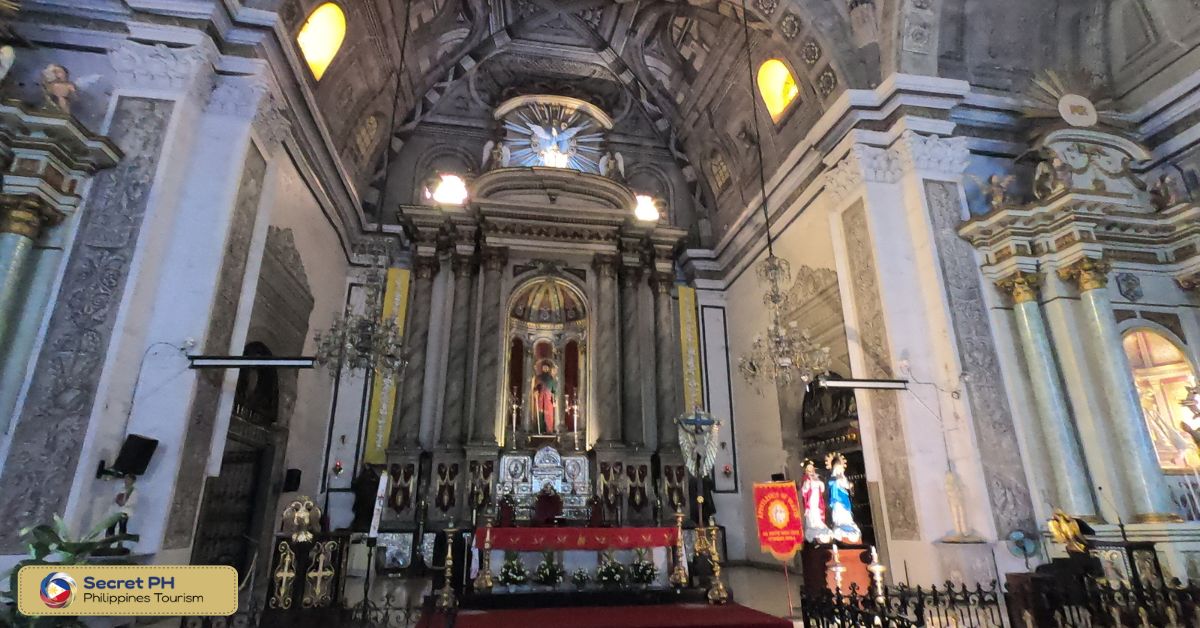
The Role of the Spanish Colonization in the Spread of Catholicism
The Spanish colonization of the Philippines played a significant role in the spread of Catholicism in the country. Spanish colonizers arrived in the Philippines in the 16th century, and they immediately saw the conversion of the indigenous population to Catholicism as a critical aspect of their mission. The Spanish authorities used the Catholic Church as a tool to control and pacify the local population, as well as to create a Spanish identity in the colony.
The Spanish friars were at the forefront of the Catholic missionary effort in the Philippines. They established missions and schools across the country and used their authority to convert the locals. The friars also played a vital role in shaping Filipino culture, from the introduction of European music and art to the adoption of Christian holidays and practices.
The Catholic Church’s influence was so great that it became an integral part of Philippine society, and it continues to be so to this day. Despite the criticisms leveled against the Church’s role in the colonization of the Philippines, its legacy in the country remains significant.
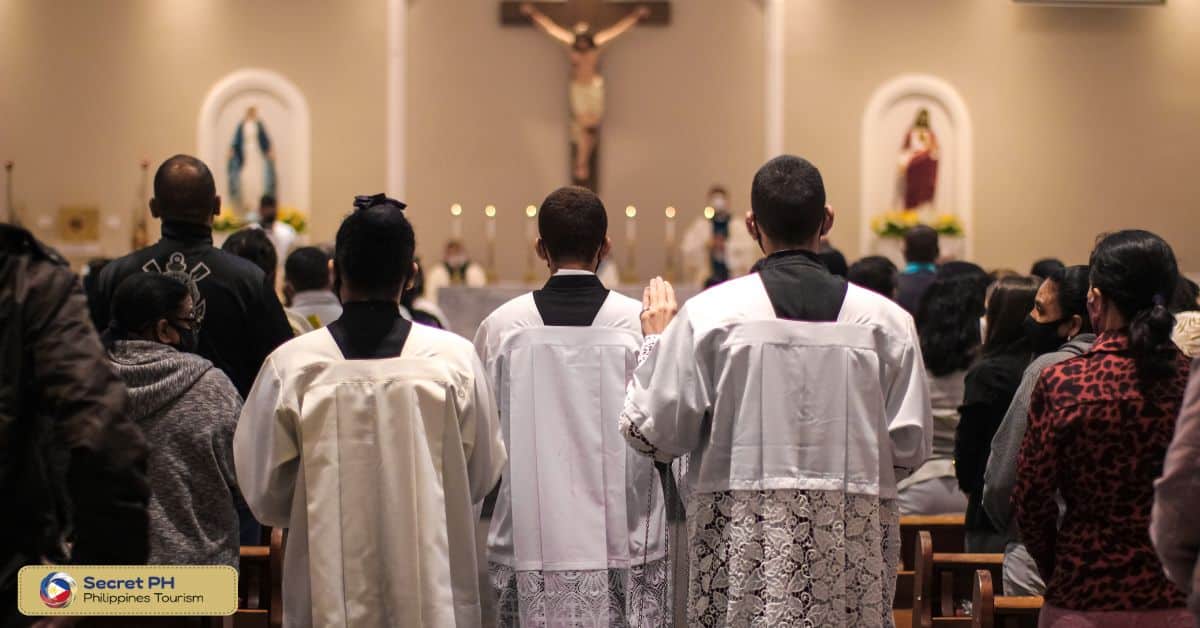
The Tradition of Catholicism in the Philippines
Catholicism has been a tradition in the Philippines for over four centuries, shaping the country’s culture, identity, and way of life. The tradition of Catholicism has become deeply ingrained in Philippine society, influencing everything from daily life to the nation’s politics. In this section, we will explore the rich tradition of Catholicism in the Philippines, its practices, and its enduring influence on Filipino life.
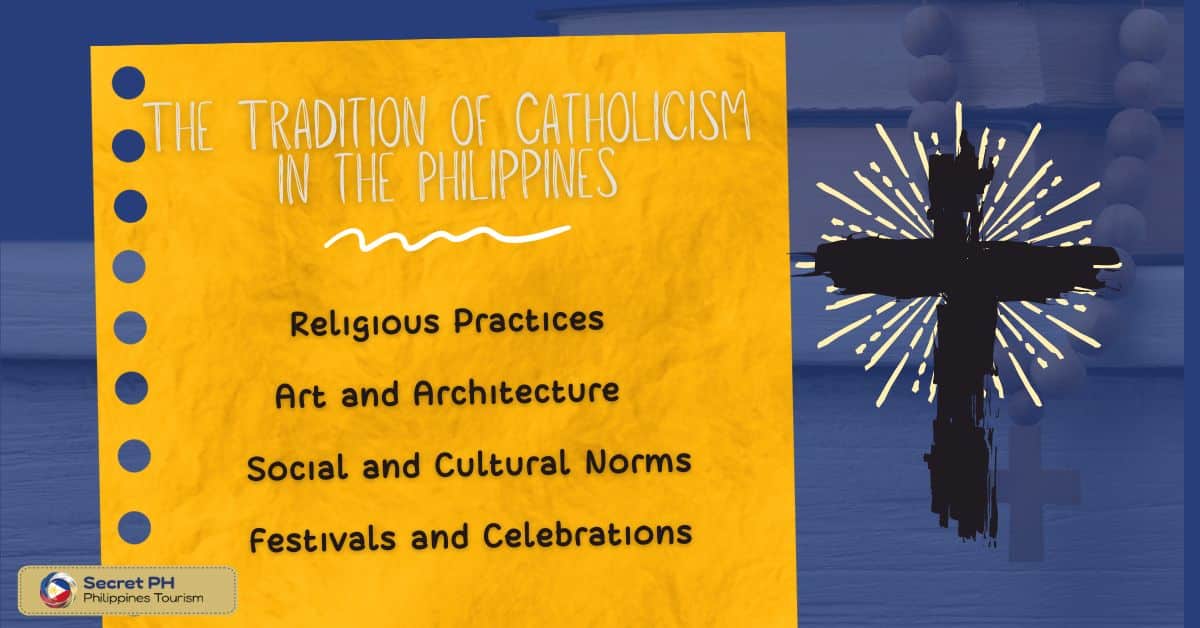
Religious Practices
Catholicism has been the dominant religion in the Philippines for centuries, and its practices have become an integral part of Filipino life. From attending Mass and saying the Rosary to celebrating Catholic feast days and observing Holy Week, the religious practices of Filipino Catholics are deeply rooted in tradition.
Art and Architecture
Catholicism has also had a profound influence on the arts and architecture in the Philippines. The country is home to some of the most magnificent churches and cathedrals in Asia, showcasing the influence of Spanish colonial architecture. Artistic expressions, such as religious paintings and sculptures, also play a significant role in the country’s cultural heritage.
Social and Cultural Norms
The Catholic faith has played a vital role in shaping social and cultural norms in the Philippines. The country is known for its strong family values, a trait that is often attributed to the influence of Catholicism. Catholic teachings on morality and ethics have also had an impact on the country’s laws and social policies.
Festivals and Celebrations
Catholicism has given rise to numerous festivals and celebrations in the Philippines, such as the Feast of the Black Nazarene, the Sinulog Festival, and the Ati-Atihan Festival. These events bring together communities in celebration of their faith, showcasing the role of Catholicism in Philippine culture.
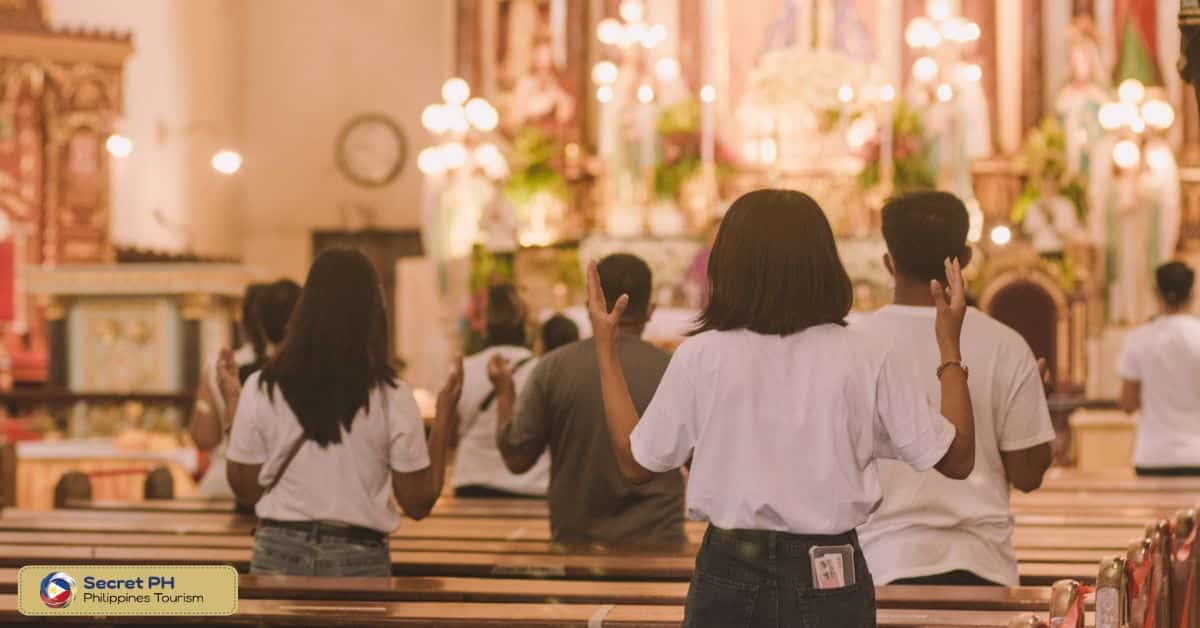
The Influence of Catholicism on Philippine Culture and Society
Catholicism has had a profound influence on Philippine culture and society for over four centuries. The religion was introduced by Spanish colonizers in the 16th century and has since become deeply ingrained in the country’s identity. In this article, we will explore the various ways that Catholicism has influenced Philippine culture and society, from its impact on language and education to its role in shaping political beliefs.
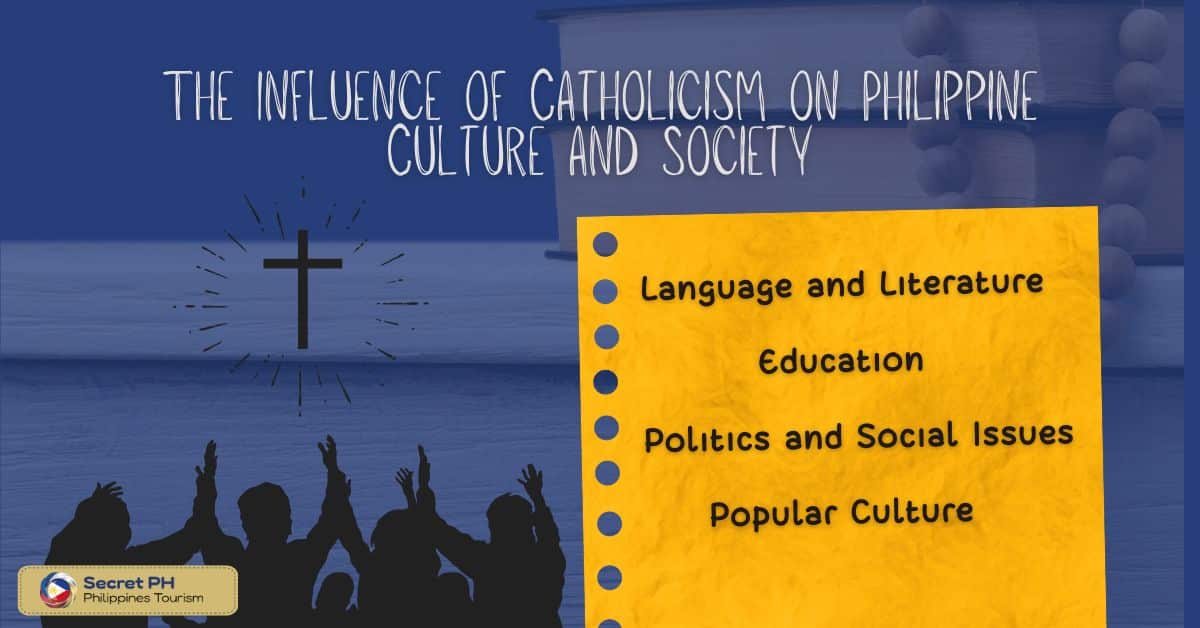
Language and Literature
Catholicism has influenced the language and literature of the Philippines. The first book printed in the Philippines was a prayer book, and Catholicism has had a significant impact on the development of the country’s national language. Many of the country’s literary works, such as Jose Rizal’s Noli Me Tangere, contain themes related to Catholicism.
Education
Catholicism has also played a significant role in the education system of the Philippines. Many of the country’s top universities were founded by Catholic orders, and Catholic schools remain popular choices for parents seeking quality education for their children. Catholic values and teachings are often incorporated into the curriculum of these schools.
Politics and Social Issues
Catholicism has influenced the political beliefs and social issues of the Philippines. The Church has been a vocal advocate for social justice, human rights, and the protection of life, from conception to natural death. It has also been strong criticism of government policies that go against Catholic teachings, such as the implementation of the death penalty and the legalization of divorce.
Popular Culture
Catholicism has also influenced popular culture in the Philippines, from the prevalence of religious imagery in movies and television shows to the incorporation of Catholic practices in Filipino music. The devotion to the Santo Niño and the Black Nazarene are two examples of how Catholicism has become a part of popular culture in the Philippines.
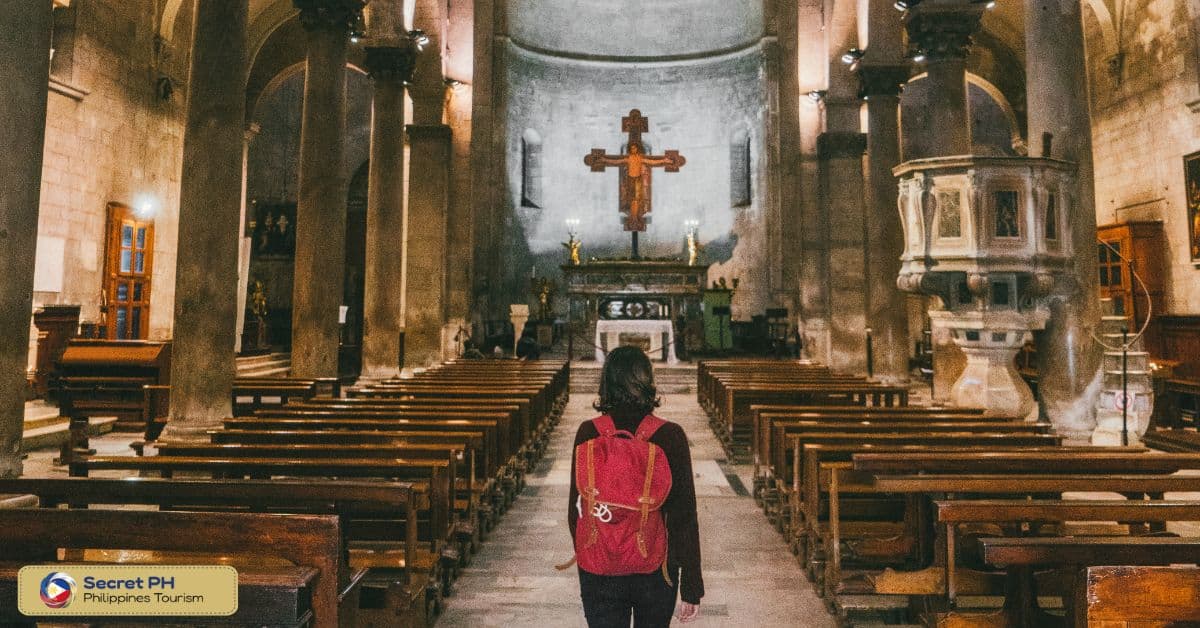
Catholicism and Politics in the Philippines
Catholicism has played a significant role in Philippine politics, particularly in the country’s history. The Catholic Church has been a vocal advocate for social justice, human rights, and the protection of life, from conception to natural death. However, its influence on politics has not been without controversy, with some criticizing the Church’s involvement in political affairs.
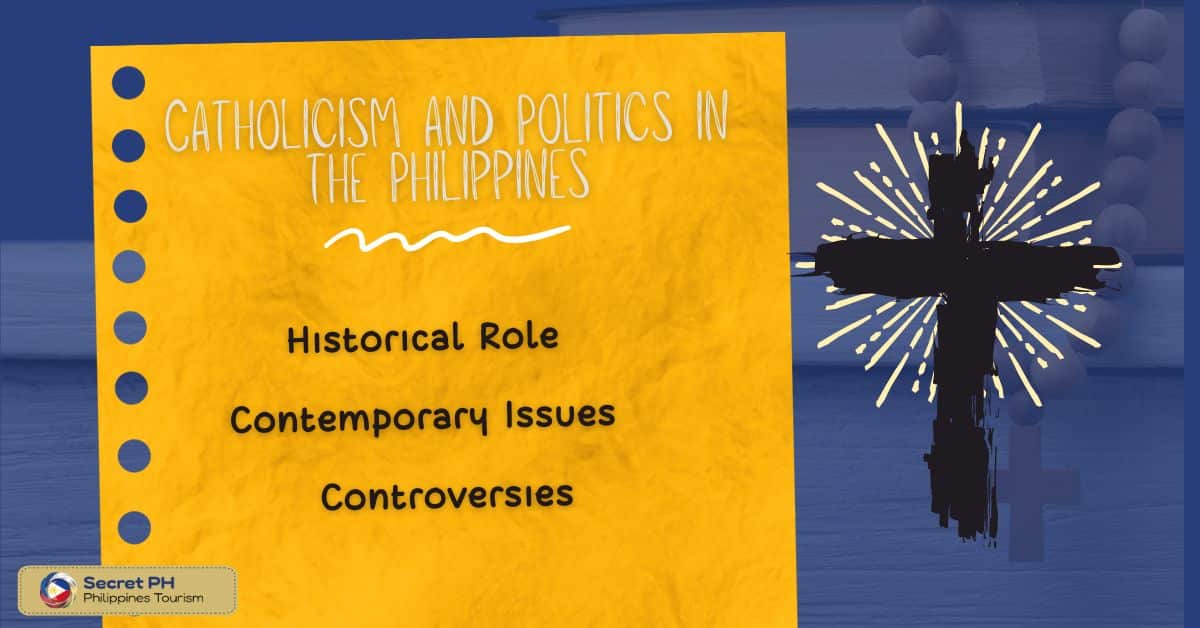
Historical Role
The Catholic Church has had a significant impact on Philippine politics throughout history. During the Spanish colonial period, the Church played a crucial role in the governance of the country, with friars acting as both religious leaders and political advisers to the Spanish colonial government. In the early 20th century, the Church supported the Philippine independence movement and played a significant role in the drafting of the 1935 Constitution.
Contemporary Issues
In recent years, the Catholic Church in the Philippines has been vocal in its opposition to government policies that go against Catholic teachings. It has been strong critic of the implementation of the death penalty and the legalization of divorce. The Church has also been at the forefront of the fight against extrajudicial killings and human rights abuses in the country.
Controversies
The involvement of the Catholic Church in politics has not been without controversy. Some have criticized the Church’s influence on political affairs, arguing that it goes against the principle of the separation of Church and State. Others have accused the Church of being selective in its political involvement, with some saying that it has been silent on certain issues, such as the government’s controversial war on drugs.
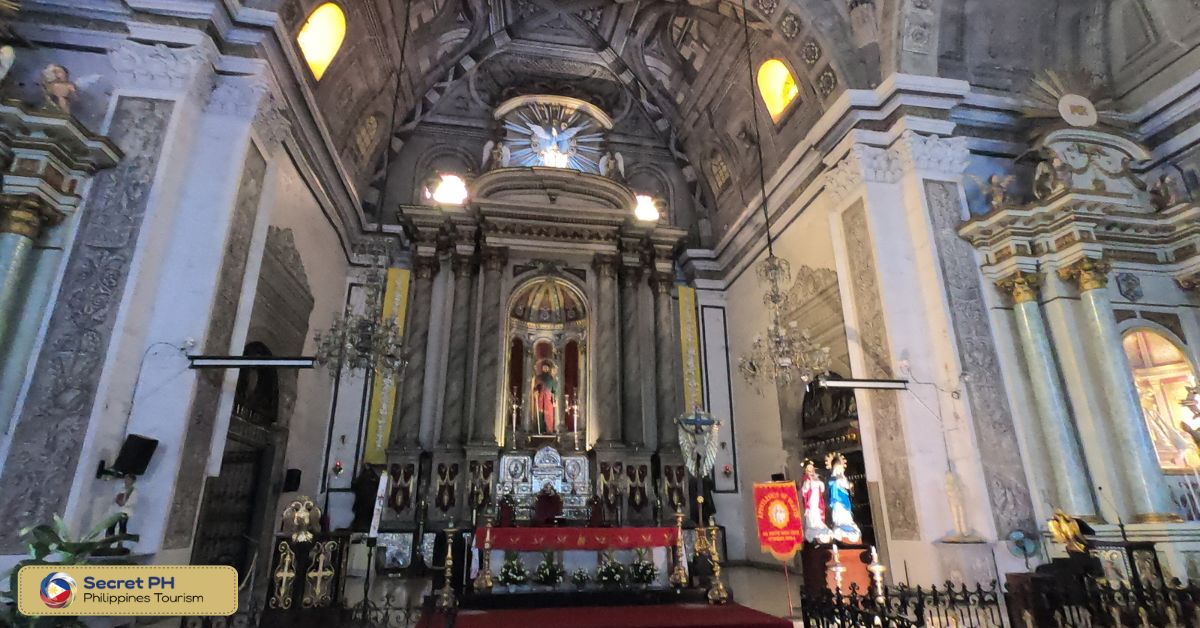
The Challenges Faced by Catholicism in the Philippines Today
Catholicism has faced numerous challenges in the Philippines in recent years, despite being deeply ingrained in the country’s culture and society. From declining church attendance to scandals involving the clergy, the Catholic Church faces significant hurdles in the country.
Declining Church Attendance: One of the biggest challenges facing Catholicism in the Philippines is declining church attendance. The younger generation is increasingly turning away from religion, with many choosing to identify as atheists or agnostics. The rise of secularism and the influence of social media and the internet have contributed to this trend, making it more challenging for the Church to connect with younger Filipinos.
Scandals Involving the Clergy: Another significant challenge facing Catholicism in the Philippines is the ongoing scandal involving the clergy. Cases of sexual abuse and other forms of misconduct by priests have undermined the trust of many Filipinos in the Catholic Church. The Church’s response to these issues has also been criticized, with some accusing the institution of covering up or mishandling allegations of abuse.
Competition from Other Religions: The Catholic Church in the Philippines is also facing competition from other religions. Protestantism and Islam, in particular, are gaining popularity, with many Filipinos converting to these faiths. The rise of evangelical Christianity, in particular, is seen as threatening Catholicism’s dominance in the country.
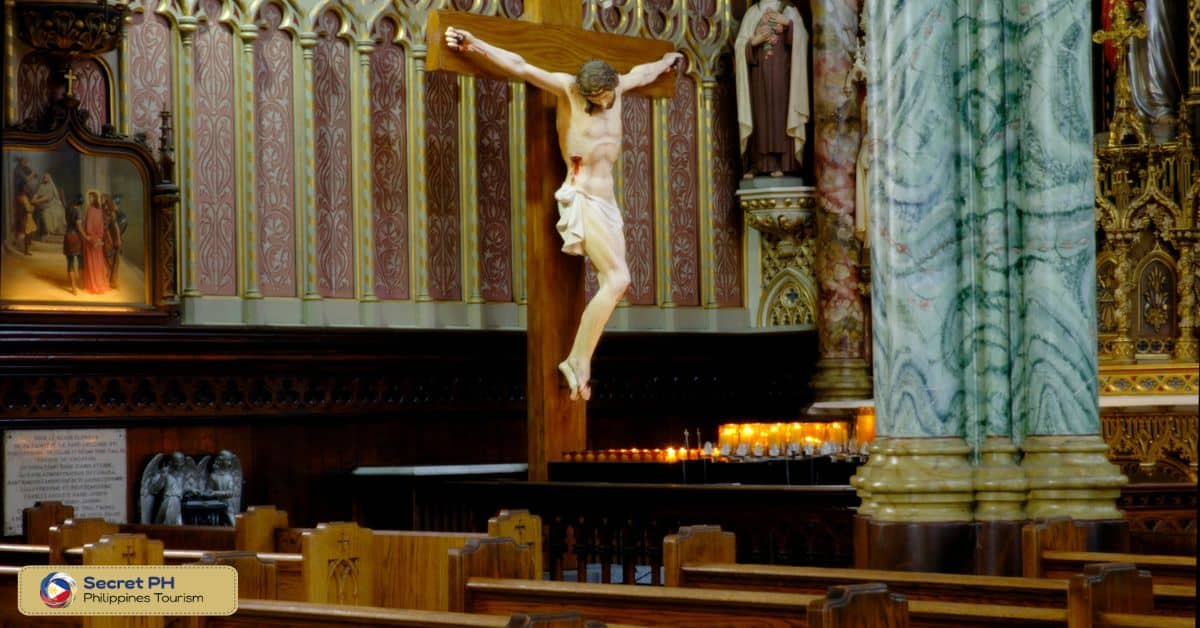
In conclusion
Catholicism in the Philippines has a long and complex history that dates back to Spanish colonization. It has had an indelible influence on Filipino culture and society over the centuries, from religious practices and social norms to political beliefs and popular culture.
Despite facing challenges such as declining church attendance and scandals involving the clergy, Catholicism remains an integral part of Philippine life. The Catholic Church has consistently maintained its influence in the country, and it is likely that this will remain so for many years to come.

